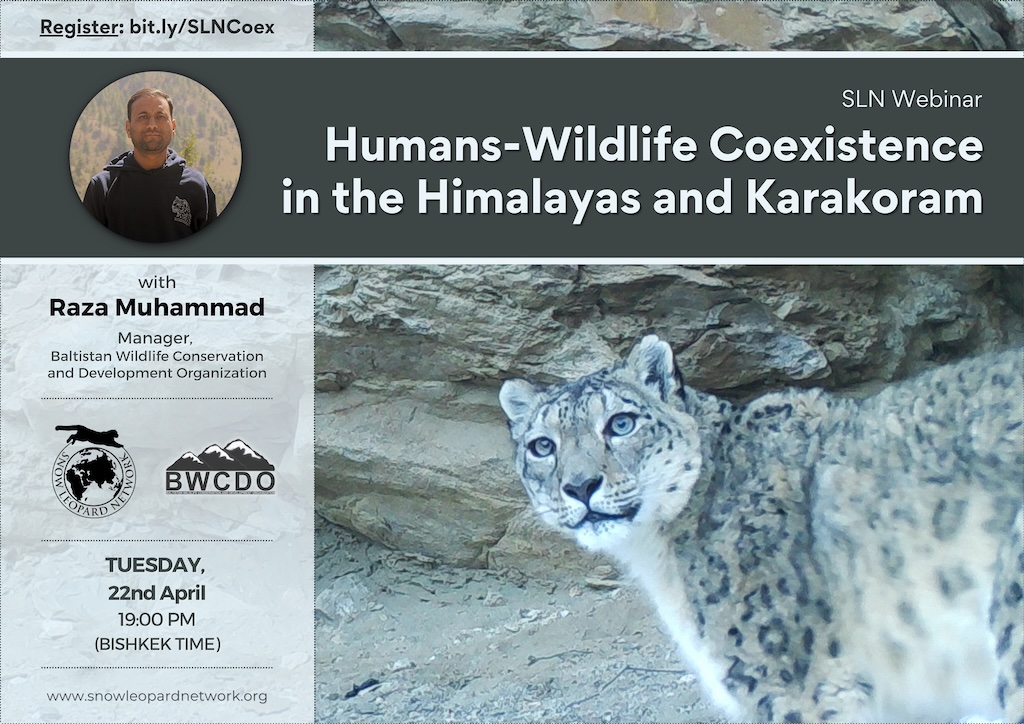Dr. Shafqat Hussain founded Project Snow Leopard in 1999 as a pilot project and later the Organization was registered in 2007, as Baltistan Wildlife Conservation and Development Organization (BWCDO), to work with local communities to find a way to compensate them for their livestock loss, while also removing the incentive to retaliate against the snow leopard.
BWCDO works with remote communities throughout Baltistan in Pakistan’s Gilgit-Baltistan region. Their work currently covers over 18 villages across six valleys. Recently, BWCDO has also started working in Gojal Region in Upper Hunza. BWCDO work with local communities to resolve human wildlife conflict and co-existence
BWCDO’s central mechanisms to resolve the conflict between farmers and snow leopards, are livestock insurance program, building Predator Proof Corrals, conservation education awareness program and research and surveys. This NGO was the first organization to implement livestock insurance schemes to protect the snow leopard in Pakistan. Their unique work are recognized on the international level with Rolex Award, UNDP First Equator Award (2017) and NABU Snow Leopard Prize (2021).
In this Webinar we are share BWCDO’s 25th year’s contribution and collaboration with local communities for the Snow leopard conservation and human wildlife coexistence in Gilgit Baltistan Pakistan.












